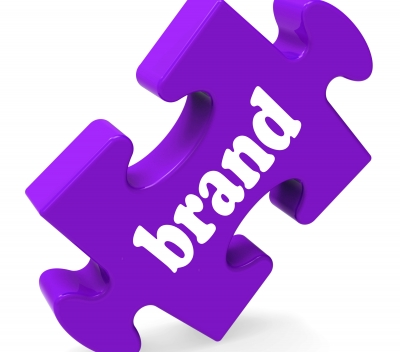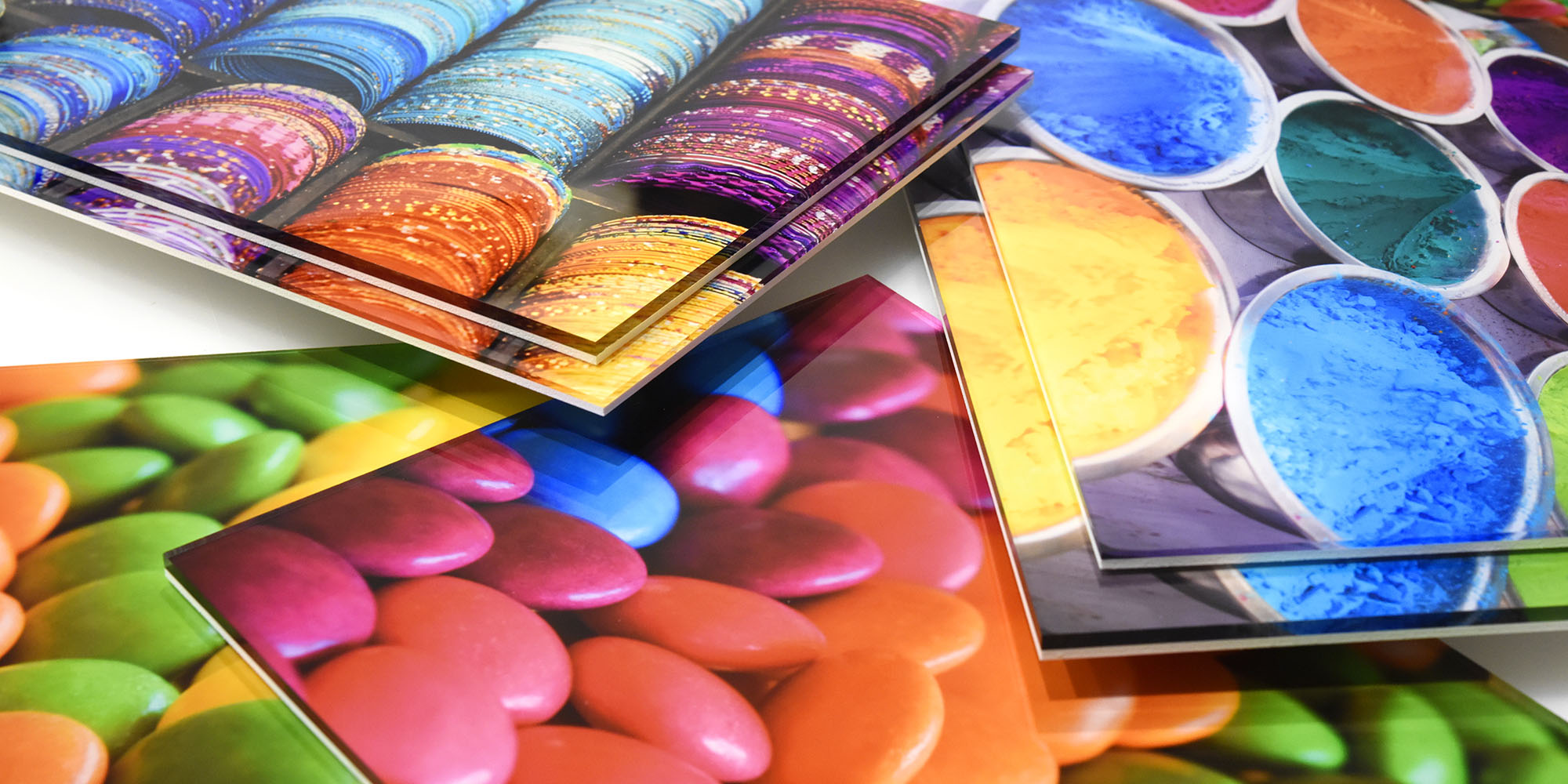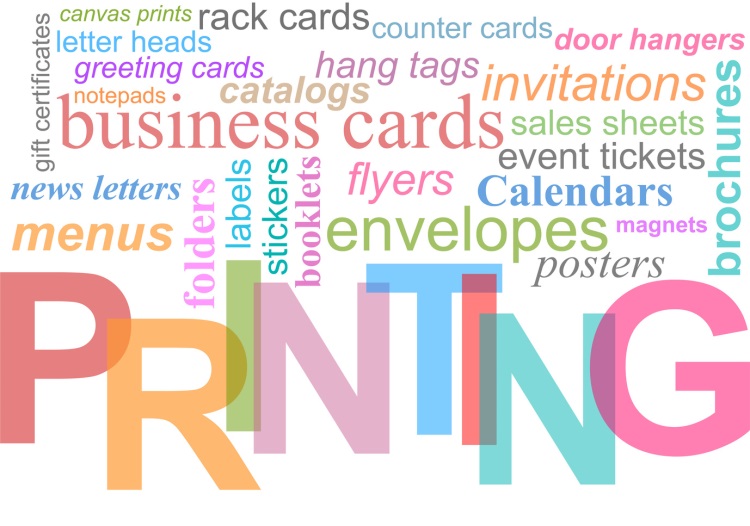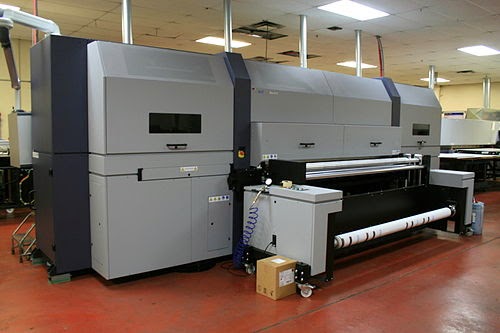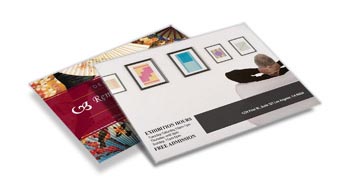Colour psychology is a curious thing to say the least and even to this day is still doubted as a reality by some. Scientific explanations are all well and good, but it’s not until you contemplate how you feel on a bright and sunny day compared to a dark and grey winter morning that you truly get a feel for the power of colours.
When it comes to branding and marketing, it’s no coincidence whatsoever that brands and businesses choose the colours they do. In fact, colour choice represents one of the most crucial parts of any marketing plan upon which the rest of the strategy is often then built as a whole. And while more people in the world may say their favourite colour is light blue than those favouring salmon pink, this doesn’t for one minute mean that any colour is universally ‘better’ than any other for marketing purposes.
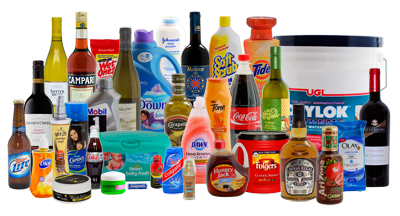
Instead, it all depends what it is you are marketing and whom to.
When a brand is able to capitalise on colour psychology, the effect can be extraordinary. By contrast, get it wrong and it really doesn’t matter how great the product is or how wonderfully informational the label – it’ll either be passed by entirely or not taken seriously.
So, in terms of getting it right and avoiding the latter scenario, what kinds of rules should a brand be following?
Colours that Stir Emotions
It’s often asked which colours stir emotions in those seeing them – the simple answer is every last one of them. However, there are of course more obvious examples of colours that generate a more powerful emotional response, including the old staples of:
- Red – Romantic, Warm, Dangerous, Lustful
- Blue – Cool, Calming, Tranquil, Relaxing
- Green – Natural, Relaxing, Feelings of Peace
- White – Cleanliness, Angelical, Purity
- Black – Elegance, Sorrow, Anger
- Yellow – Energy, Sunshine, Birth, Purity
With millions of variations of each of the above colours there is of course an incredible amount of room to play around and achieve the ideal hue or blend. But to take things one step further, combining colours in accordance with emotional response can really take a label and its product to new heights.
Combinations to Try
What’s interesting is how when it comes to combining colours, a clash can sometimes be more effective than a combo that’s considered more classic and seamless. It again entirely depends on the product and its target market – are you looking for elegance and simplicity, or quite to the contrary something of a bold and unusual statement?
As previously touched upon, there’s technically no such thing as a colour combination that’s wrong or right as its effect will be determined by what it represents and who it is aimed at. Nevertheless, there are certain combinations that are considered nothing if not conventional at least, which often make safe bets.
Examples include:
- Black with White
- Yellow with Black
- Blue with Yellow
- Pink with Black
- Black with Blue
- Yellow with Red
- Green with Blue
- Red with Black
You could continue this list practically forever as what some consider a clash, others consider pure art.
What Works for You?
If you’re generally unsure of which way to go and how to select the right colour combination for your brand, the best advice of all is to think minimal in terms of variety. The reason being that there’s a very fine line between a label that looks nicely colourful and one that looks like a failing Epson threw up all over it. More often than not, it’s the simplest of colour combinations that end up proving the most effective, iconic and memorable – just look at Coca-Cola, Pepsi or McDonald’s.
The Importance of Quality
Something else to bear in mind is the fact that the more colourful your labels, the more important it is to choose a printing house of the highest possible calibre. The reason being that if you were to create a set of incredibly bright and bold flexographic labels only to then entrust the printing to a lower-end service, you risk being lumped with a bunch of final prints that have faded, bled or generally been reproduced in a wholly uninspiring manner. There’s nothing that can turn any consumer right off faster than a label that’s clearly been put together by the lowest bidder just for the sake of making a very minor saving here and there.
Opt for a printing house the promises to deliver final results that are identical or better to those seen on the screen during the design process – anything else and you’re rolling a dangerous dice.

